Introduction from Automotive Maintenance and Repair Association: The transition from primary code readers to sophisticated OBD2 scanners today mirrors technological advancement in the automotive industry.
According to a report by the Automotive Maintenance and Repair Association, OBD2 scanners have led to up to 70% decreases in diagnostic time reduction while significantly lowering repair costs and increasing customer satisfaction.
OBD2 scanners have become indispensable parts of automotive maintenance for mechanics and vehicle owners alike. They provide speedier diagnostics while aiding optimal vehicle performance.
Evolving from OBD1 systems introduced during the mid-1990s, these universal analysis tools monitor multiple vehicle systems at once, significantly boosting accuracy and making detecting problems across different makes and models easier than ever before.
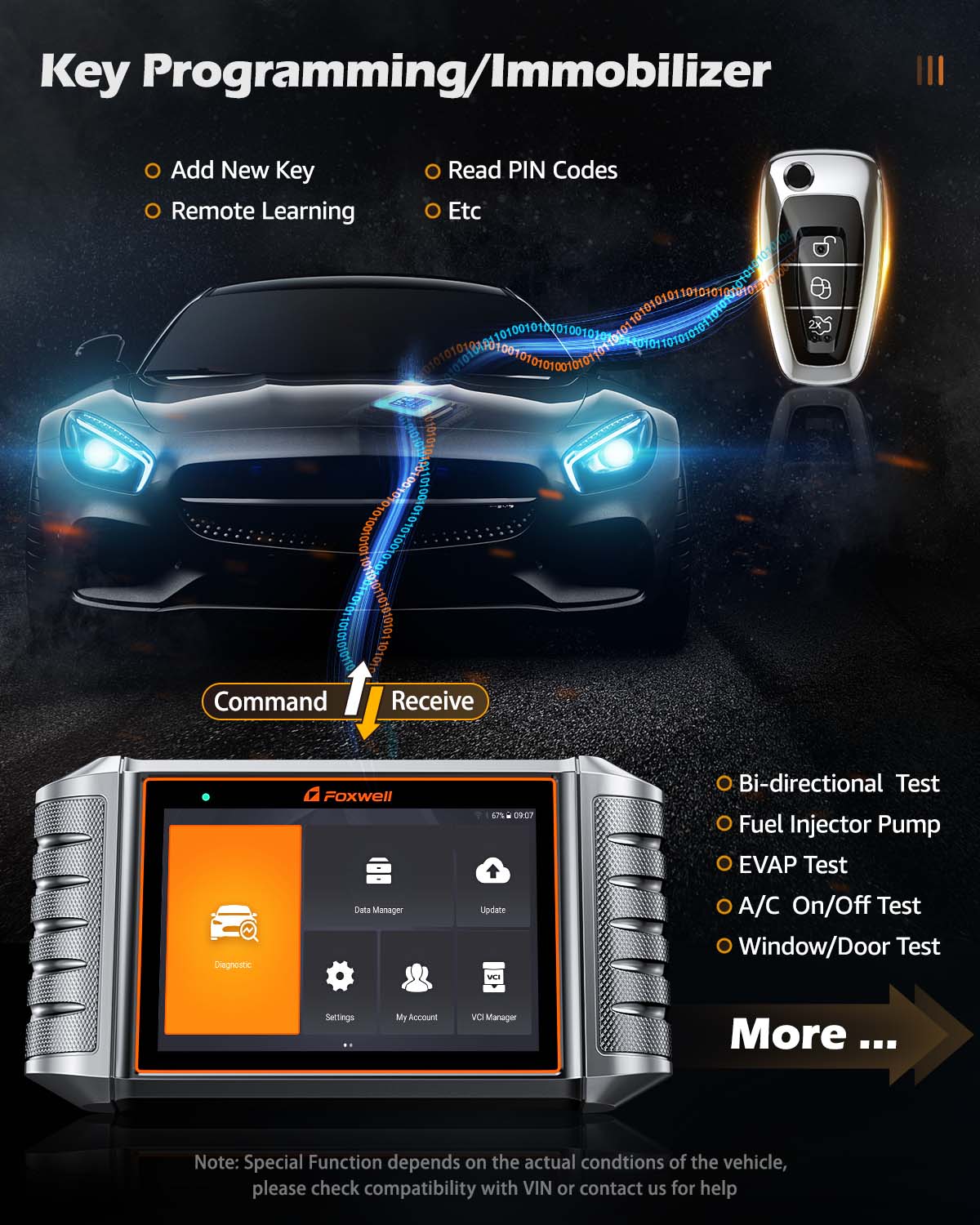
OBD2 Scanners in Preventive Maintenance
Preventive vehicle maintenance entails regular inspection and repair to avoid future breakdowns. OBD2 scanners play an invaluable role in this process as they offer real-time diagnostics and data logging and prevent more minor issues from ballooning into major repairs.
By providing this monitoring technology, vehicle owners and technicians can address problems before they become more severe, thus decreasing downtime and improving vehicle reliability.
OBD2 Scanners Offer Specific Preventive Functions
OBD2 scanners feature various functions designed to promote comprehensive preventive maintenance:
OBD2 scanners can be invaluable when reading Diagnostic Trouble Codes.
When a vehicle's onboard computer detects irregularities or failures, DTCs may be generated as a response.
Understanding these codes allows mechanics and vehicle owners to intervene quickly before minor problems become expensive repairs.
Real-Time Monitoring of Vehicle Systems and Parameters
OBD2 scanners continuously monitor several parameters and systems within a vehicle, including engine temperature, fuel system, and exhaust systems.
By providing real-time data, these OBD2 devices offer invaluable help in tracking performance as they monitor all components within their optimal ranges and ensure all components operate within their ideal settings - which allows OBD2 users to detect performance drops or anomalies that might indicate developing issues in a timely fashion.
Freeze Frame Data
When an OBD2 scanner detects a DTC, it records and stores freeze-frame data. This snapshot provides invaluable diagnostic insights, showing details such as engine speed, fuel trim levels, and vehicle speed at the time of failure—helping technicians quickly pinpoint and resolve any issues more efficiently.
Modern OBD2 scanners go beyond simply reporting error codes; they also provide comprehensive data outputs that include live data streaming.
This feature enables continuous monitoring of vehicle systems during operation, providing a dynamic picture of their performance, such as how well an engine responds to changes in load, how efficiently its fuel system is operating, or how well its catalytic converter is functioning.
Emission Control Monitoring
Another essential preventive function for any vehicle's emission control systems is monitoring. An OBD2 scanner checks components like oxygen sensors and catalytic converters to ensure they're operating efficiently, meeting emission standards, and not incurring penalties for emission failures.
It can also detect issues that could otherwise lead to significant engine damage in the form of penalties for emission failures or penalty fines.
OBD2 scanners can initiate system tests that simulate or activate various vehicle components under controlled conditions to test their functionality, confirm repair effectiveness, or further isolate possible DTC causes.
For example, these scans can direct your vehicle to perform an emissions leak test to check for leaks that affect emissions systems.
OBD2 scanners play an indispensable role in maintaining the health and longevity of modern vehicles by harnessing specific preventive functions.
By equipping owners and technicians with information necessary for proactive vehicle care, OBD2 scanners help owners and technicians address potential issues promptly and efficiently.
Benefits of OBD2 Scanners for Preventive Maintenance mes Utilizing OBD2 scanners as part of preventive maintenance can bring many advantages that can help ensure the longevity and efficiency of any vehicle.
OBD2 Scanners Provide Early Detection of Problems
OBD2 scanners offer one of the greatest advantages of owning an automobile: early identification of potential issues before they develop into more severe and expensive repairs.
By periodically scanning their vehicle, owners can identify fault codes or anomalies as they appear.
This allows immediate troubleshooting and repair, potentially averting major mechanical failures that could otherwise cause vehicle breakdowns and expensive repairs.
OBD2 scanners help save money in several ways.
First, by providing early diagnosis of potential problems, they reduce the need for costly repairs in the future.
Furthermore, regular usage of an OBD2 scanner can optimize vehicle performance, resulting in fuel efficiency savings and ultimately leading to significant savings on fuel costs over time.
Maintaining your car in good condition may boost its resale value, bringing added monetary advantages!
OBD2 scanners facilitate regular preventive maintenance that ensures all vehicle systems are operating within their intended specifications.
This not only maintains operational integrity but also helps extend component lifespan and vehicle serviceable life.
By regularly identifying and correcting minor issues, stress on the engine and other systems is reduced considerably, thereby significantly increasing vehicle serviceable life.
OBD2 Scanners Increase Safety
An OBD2 scanner can help improve vehicle safety by ensuring all its systems are functioning optimally, helping prevent mechanical failures that could otherwise have led to vehicular accidents.
Regular diagnostics and repairs guided by data from an OBD2 scanner ensure key components like brakes, airbags, and the engine management system remain in top working order, further increasing vehicle safety.
OBD2 scanners empower vehicle owners with knowledge about the health and performance of their vehicles. By providing insight into how different car systems operate and interact, OBD2 scanners allow owners to make more informed decisions regarding maintenance and repairs than just depending on mechanics for advice.
In addition, this information helps facilitate better communication with service professionals as owners are better suited to describe issues using reports generated from OBD2 scanners.
Environment Compliance Vehicles that must be maintained appropriately can emit pollutants exceeding government-mandated environmental standards.
OBD2 scanners can monitor emissions systems such as catalytic converters and oxygen sensors to ensure compliance with environmental regulations while running efficiently, helping reduce the ecological footprint and avoid penalties associated with emissions failures.
By including OBD2 scanners in regular vehicle maintenance routines, owners and technicians alike can reap their many advantages to ensure vehicles remain reliable, safe, and cost-efficient over their operating lives.
How to Use an OBD2 Scanner for Preventive Maintenance
Avoid preventive maintenance issues with an OBD2 scanner like the Foxwell NT710 by following these steps to diagnose and monitor its health accurately. This device was built to offer comprehensive diagnostic capabilities across various vehicle systems - here's how you can use it for preventive maintenance:
Discover Your Tool
Start by becoming acquainted with the Foxwell NT710. This scanner boasts an easy-to-use interface and LCD that makes navigation simple. Please read the user manual provided by Foxwell either online or within its package to gain insight into all its features and capabilities.
Locate Your Vehicle's OBD2 Port
Locate the OBD2 port in your vehicle by inspecting it carefully. It is usually found below or near the dashboard or steering column or near the driver's seat—exact locations vary depending on the make and model of the car.
Connect the Foxwell NT710
With the engine off and the vehicle in park, connect the Foxwell NT710 to its OBD2 port using a secure connection. After being properly connected, turn on your ignition to power up the scanner. Some features may work even without starting up the engine, while others require engine running mode.
Initialize the Device
Communicating directly with it and verifying compatibility allows the Foxwell NT710 to initialize and sync with your vehicle's computer system. It supports many cars and features features like automatic VIN acquisition for easy initialization.
acquisition for easy initialization
After you have identified your vehicle, use its menu to find specific make, model, and year information if automatic identification fails to identify it properly. Next, select which system or component needs diagnosing, such as the engine, transmission, ABS airbags, etc.
Utilize "Auto Scan" for a full vehicle scan or "Control Module" for module diagnostics. The NT710 will search for fault codes (current or pending) and provide detailed descriptions of any issues it detects.
Review and Analyze Diagnostic Data
Review the diagnostic codes and live data presented by your scanner. The NT710 can provide explanations and code definitions on the screen to help you understand any issues found.
Alternatively, use the live data function to monitor vehicle parameters in real time for more in-depth analysis and to spot intermittent problems more effectively.
After addressing issues discovered during diagnostics, you can use the NT710 to clear fault codes. However, this should only be done once all repairs and maintenance tasks have been completed. otherwise, simply clearing codes will merely result in them resurfacing again.
Explore the Special Functions
Unlock all of the special functions offered by the NT710, such as oil reset, EPB, BRT (battery replacement), DPF, TPS/TBA (throttle body alignment), and more. These features support ongoing maintenance needs while providing reset functions after repairs.
Integrate Foxwell NT710 into Your Maintenance Routine
Add Foxwell NT710 into your vehicle maintenance regiment for frequent checks that can provide an ongoing record of its condition, enabling timely intervention should any become necessary.
Keep Records
Be sure to record any scans, diagnostic results, and actions taken related to your vehicle. A log will help you track your health history and facilitate faster diagnosis of future issues.
Following these steps will maximize the utility of the Foxwell NT710 in maintaining your vehicle's health, ensuring optimal performance and long-term dependability.
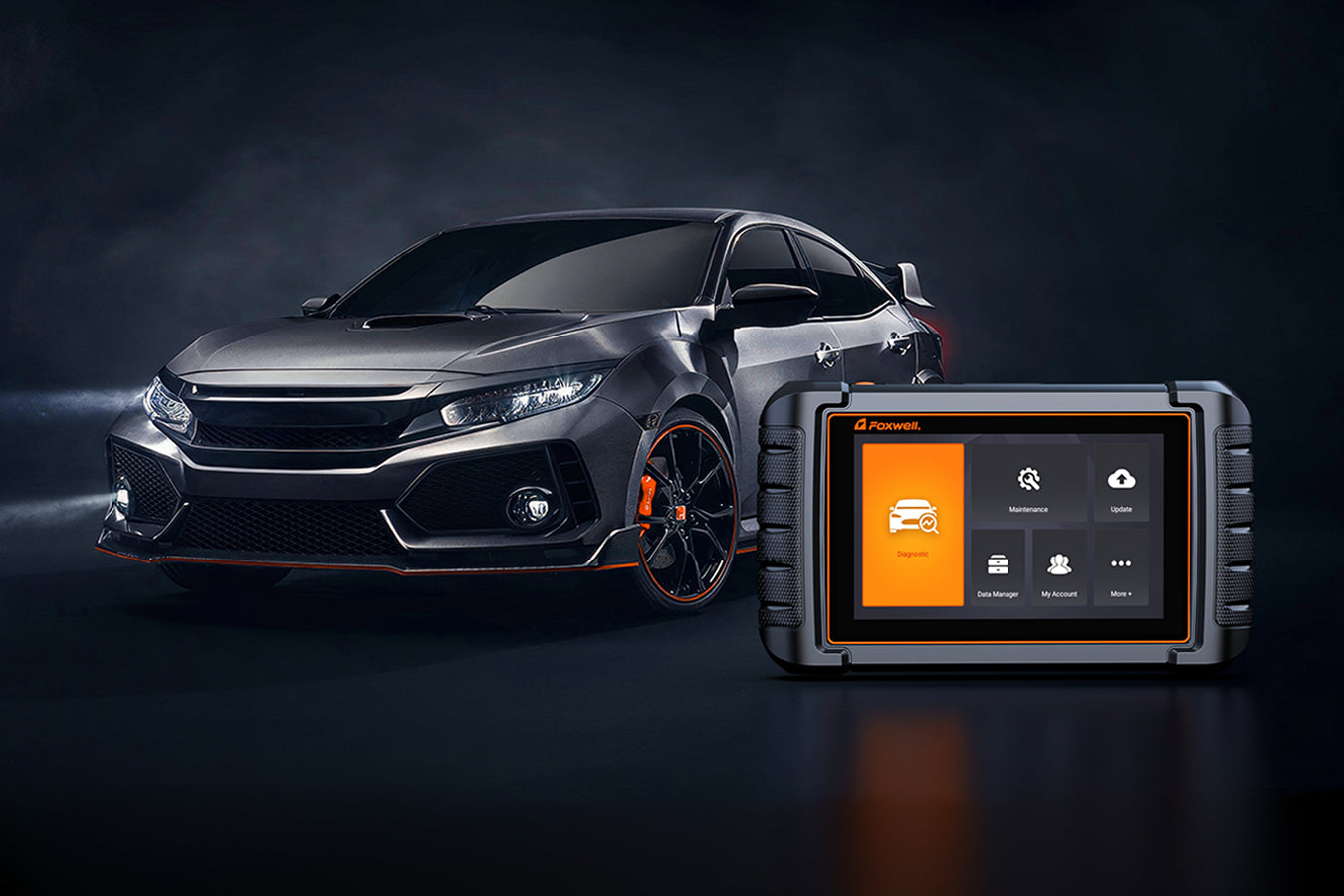
Conclusion
OBD2 scanners are essential tools in automotive preventive maintenance. Their ability to provide real-time data on vehicle health transforms how vehicle care is administered, leading to better performance and durability.
By taking advantage of the advanced capabilities of scanners like Foxwell, both owners and technicians can maintain higher vehicle health and efficiency standards, saving money and ensuring vehicles remain in top shape for longer.
FAQs
What do OBD2 scanners do?
OBD2 scanners diagnose vehicle issues, enabling early problem detection and preventive maintenance.
How do OBD2 scanners benefit vehicle maintenance?
They provide detailed diagnostics that help prevent minor issues from escalating, maintaining vehicle performance and safety.
Can OBD2 scanners reduce repair costs?
Yes, by identifying problems early, they decrease the need for costly repairs, saving money over time.

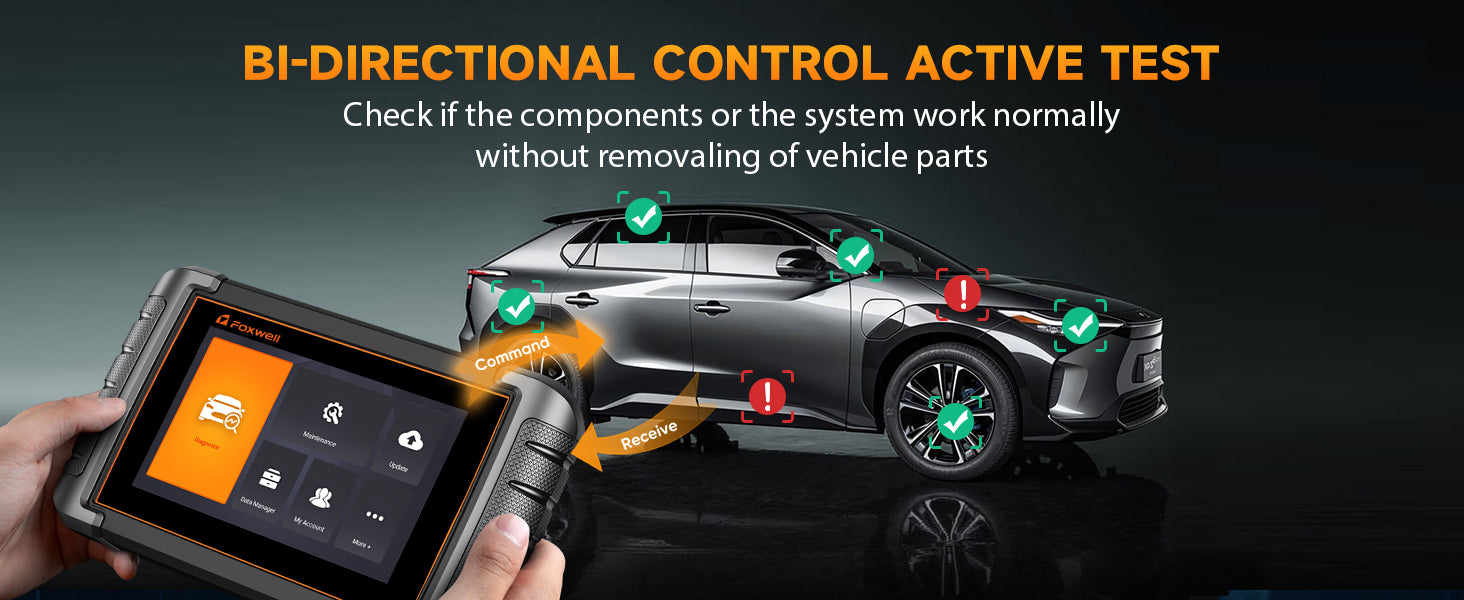
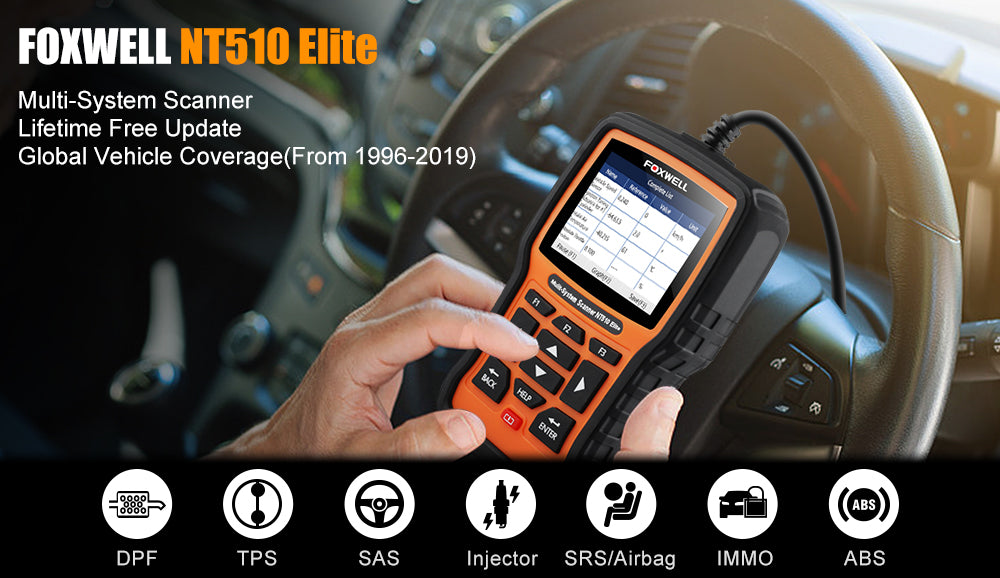
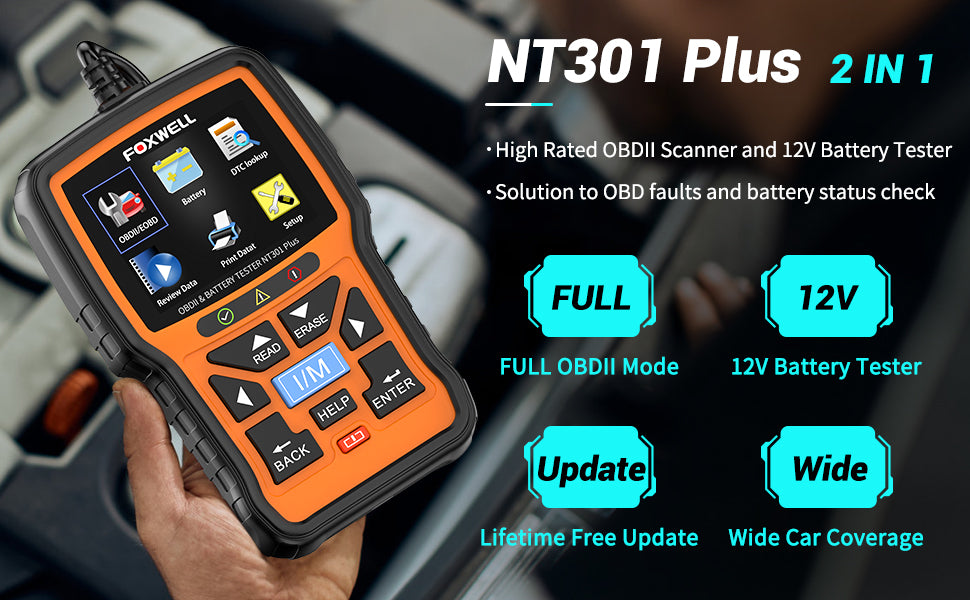
Leave a comment
This site is protected by hCaptcha and the hCaptcha Privacy Policy and Terms of Service apply.